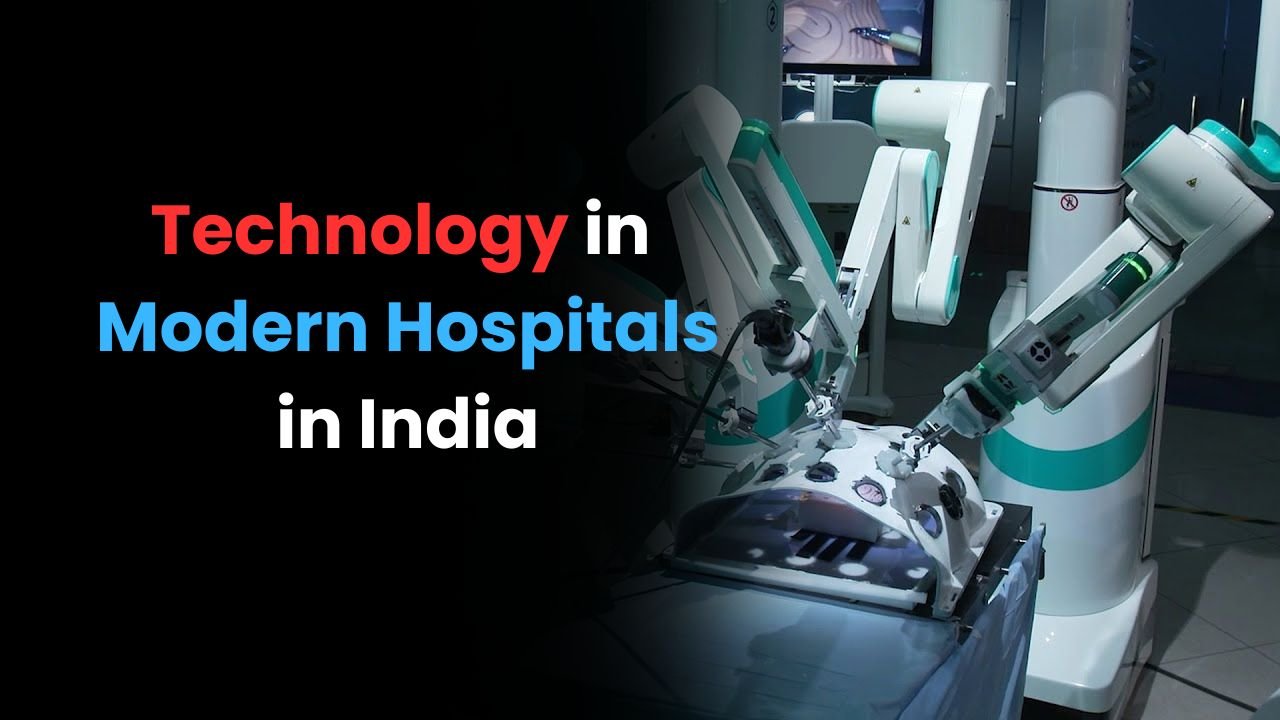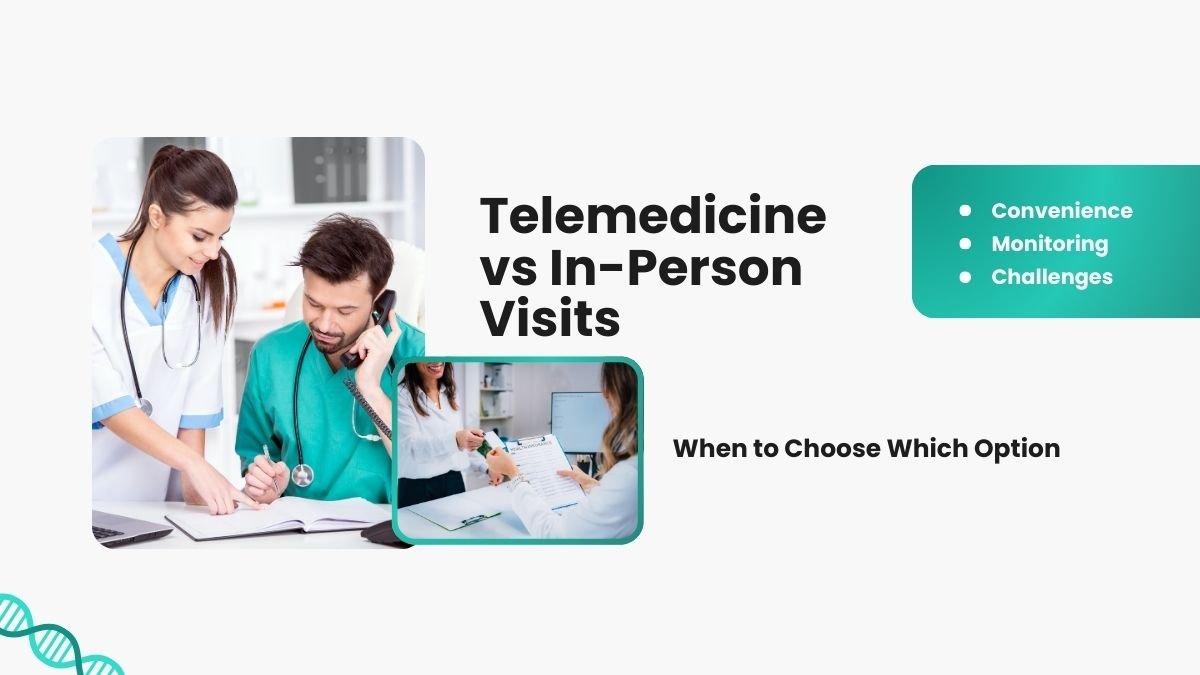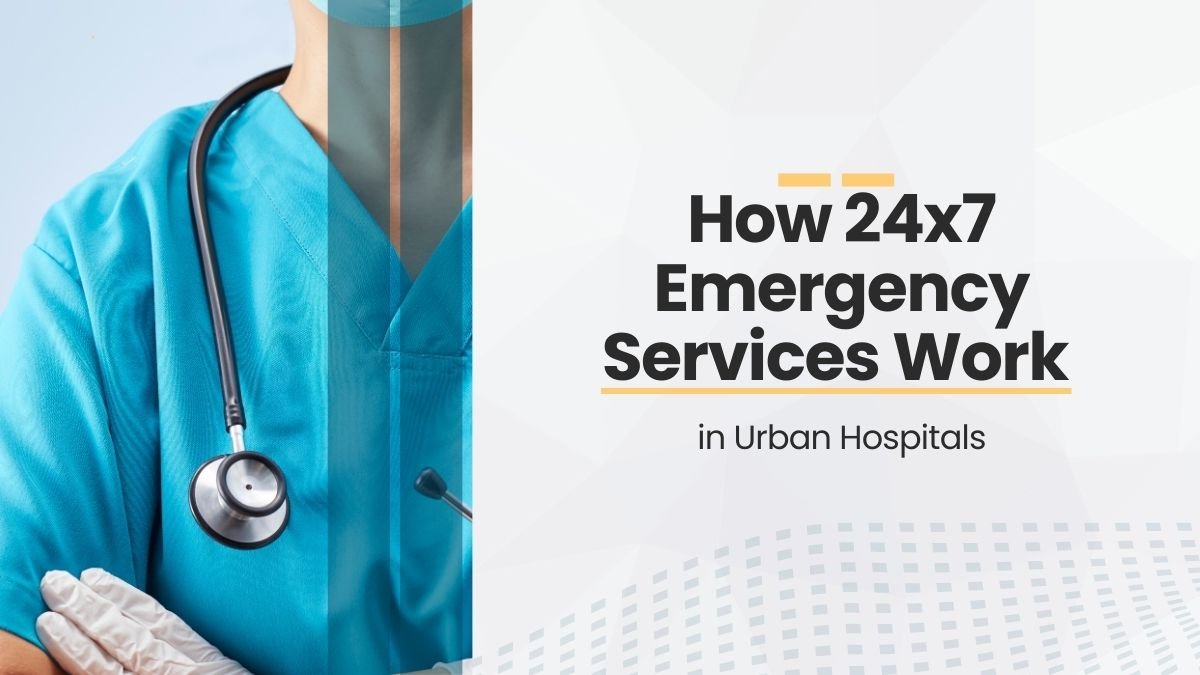In today’s era, the world of hospitals is changing very fast, and the biggest reason for this is – technology. Now treatment is not limited to just going to the doctor. Now you can talk to the doctor even from your home, see your test report online, and also order medicines online. Let’s understand in detail how technology is revolutionizing the hospitals of India.
Increasing demand for digital healthcare
People in India have now become more aware and expect better treatment. Due to this, the demand for digital healthcare services is also increasing rapidly. The government is also running many schemes in this direction and huge investments are being made in healthtech startups. Technology is not only improving treatment, but the cost of treatment is also reducing and the results are also coming good.
How was India’s health system earlier?
Till a few years ago, treatment meant – going to the hospital, standing in a long line, and then meeting the doctor. All the information of the patient was written on papers. But today the situation has changed. Now devices like e-medical records (EMR), telemedicine, and smart wearables have become a part of treatment.
Role of Indian HealthTech Startups
Today, many healthtech startups are emerging in India which are providing new solutions in services like pharmacy, biotechnology and doctor consultation. For example, through telemedicine you can talk to the doctor on a video call. According to a report by McKinsey, Indians can save up to $10 billion through telemedicine by 2025.
Clinical and Operational Changes
Clinical Integration:
Doctors are now using AI-based tools for image processing, analysis and diagnosis, which helps in detecting the disease quickly and accurately.
Operational Optimization:
Hospitals and clinics are making their daily work like making prescriptions, billing, reporting etc. easier through digital tools. This saves both time and effort.
Challenge in adopting technology
However, many doctors are still hesitant to adopt technology. They feel that machines can interfere with the treatment process. There is also hesitation in trusting AI-based reports. It is important to change this mindset so that the full benefit of technology can be taken.
Increasing use of virtual healthcare
In a country like India where the number of hospitals is less, virtual healthcare can become a good solution. With the help of smartphones and internet, today anyone can consult a doctor sitting far away. This saves both time and money.
Digital trend increased rapidly after COVID
Since the Corona epidemic, people’s inclination has increased towards digital services. Now people look for insurance related information online, and use health monitoring wearables like smartwatches. Companies like Apple and Samsung are now making their health features the main attraction.
Government’s digital initiative: Ayushman Bharat Digital Mission (ABDM)
This mission, started in 2018, is a big step towards building a digital infrastructure for healthcare in India. Its aim is to digitize the health record of every person which can be easily accessible to both the doctor and the patient. For this, different digital platforms are being connected through API.
Bahmni’s collaboration
Bahmni is an open-source hospital management system which is being made ABDM compliant in collaboration with the National Health Authority (NHA). Through this, patient reports, history, and medical data are being made secure and accessible. This system is useful for small clinics to big hospitals.
Future technologies that are coming to hospitals in India:
- Telemedicine and remote monitoring – talking to a doctor from home and monitoring health.
- AI and Machine Learning – Making scans, reports and treatment more accurate.
- Blockchain – Making patient information secure and shareable.
- Robotics – Accuracy and less time in complex surgeries.
- Health apps and wearables – Making health tracking easier.
- Data analytics – Prediction of diseases and public health planning.
- IoT/IoMT – Patient monitoring through smart devices.
- Genomic medicine – Personalized treatment plans.
- AR/VR – Medical training and patient treatment information.
- EHRs (Electronic Health Records) – Paperless and easy record keeping.
- Cloud infrastructure – Secure and fast data access.
OpenEMR: A modern solution
OpenEMR is an open-source EHR and medical management system that integrates patient information, appointments, e-prescriptions, billing, reporting and many more on a single platform. It is secure and customizable.
Conclusion
The future of healthtech in India is bright. Technology is making treatment easier, accessible and affordable. But this will be possible only when hospitals, doctors and the government work together and fully adopt technology. Healthcare IT experts like Youngsoft can help modernize a clinic or hospital so that every patient can get better and modern treatment. The coming time will be of digital healthcare – which will prove to be a boon not only for doctors but also for the general public.









